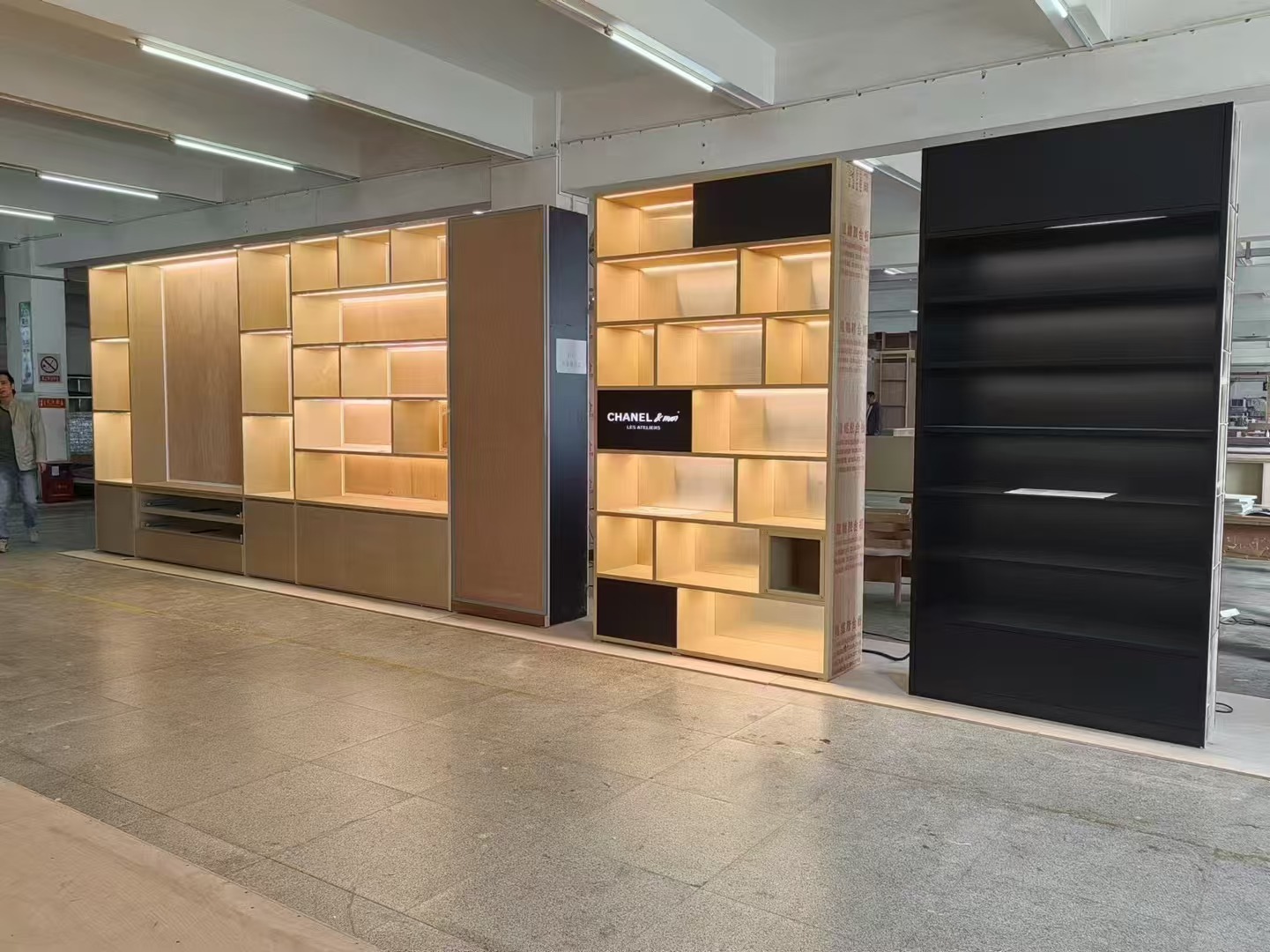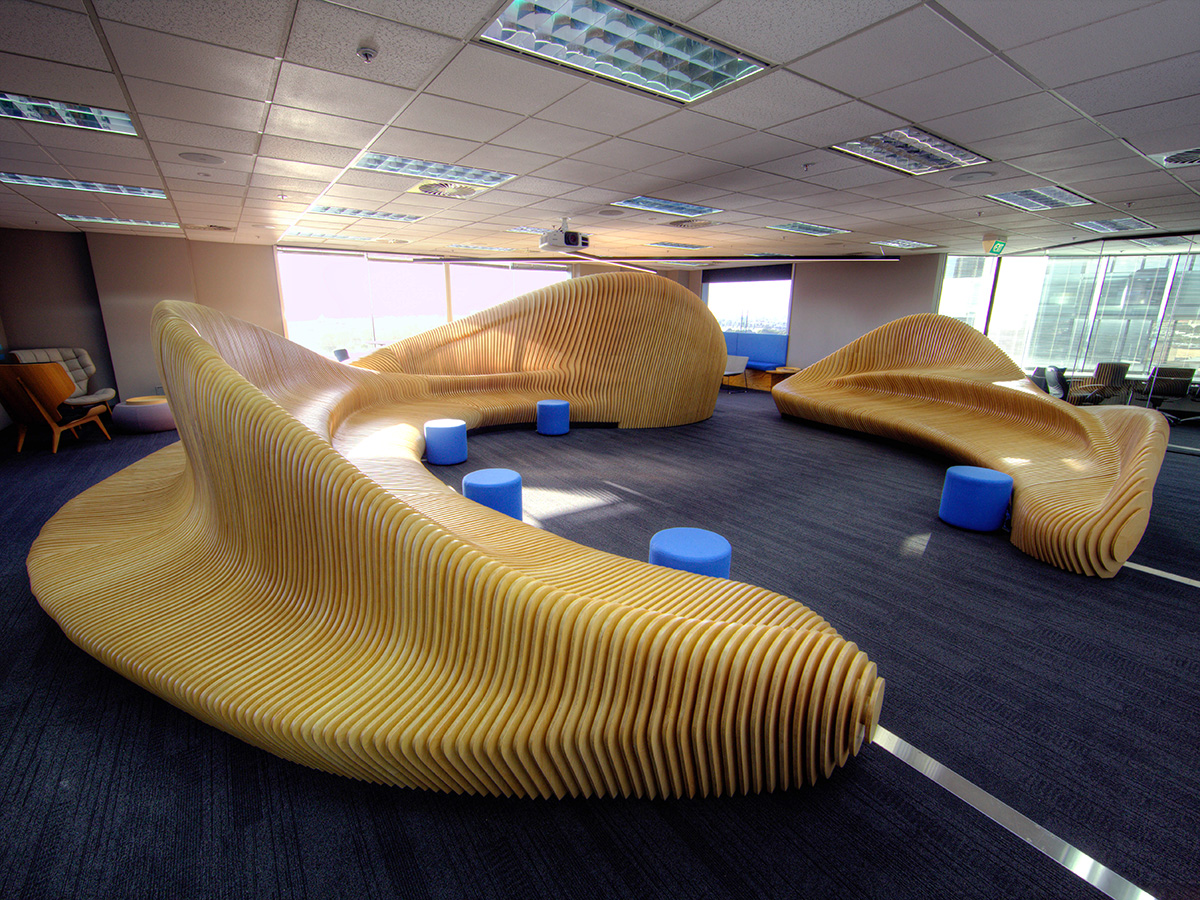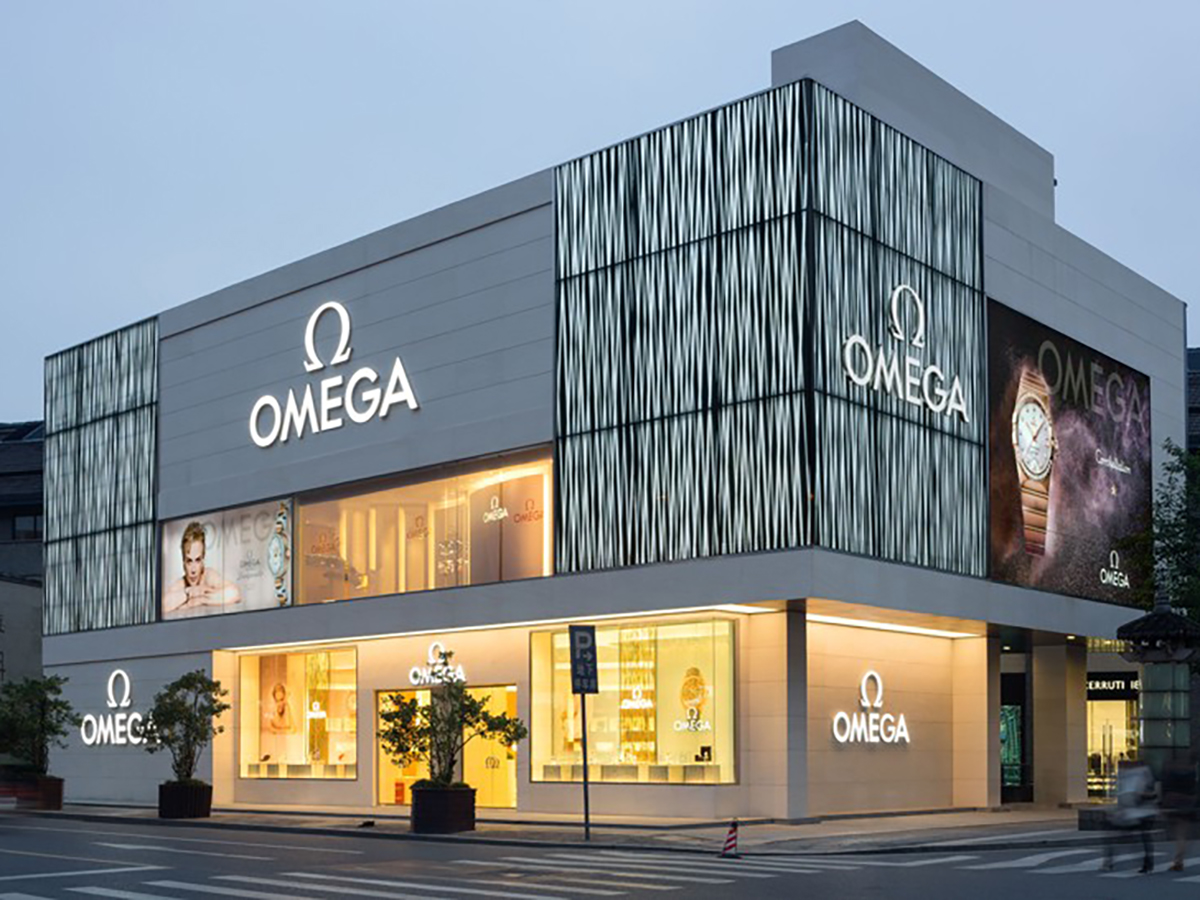Lighting is an essential element in retail design, and one of its most important aspects is color temperature. Measured in Kelvins (K), color temperature affects not only the visual appearance of products but also the emotions and behavior of customers. In this article, we’ll explore how color temperature influences the retail environment, impacts customer mood and shopping experience, and how different types of stores can choose the appropriate lighting for their needs.
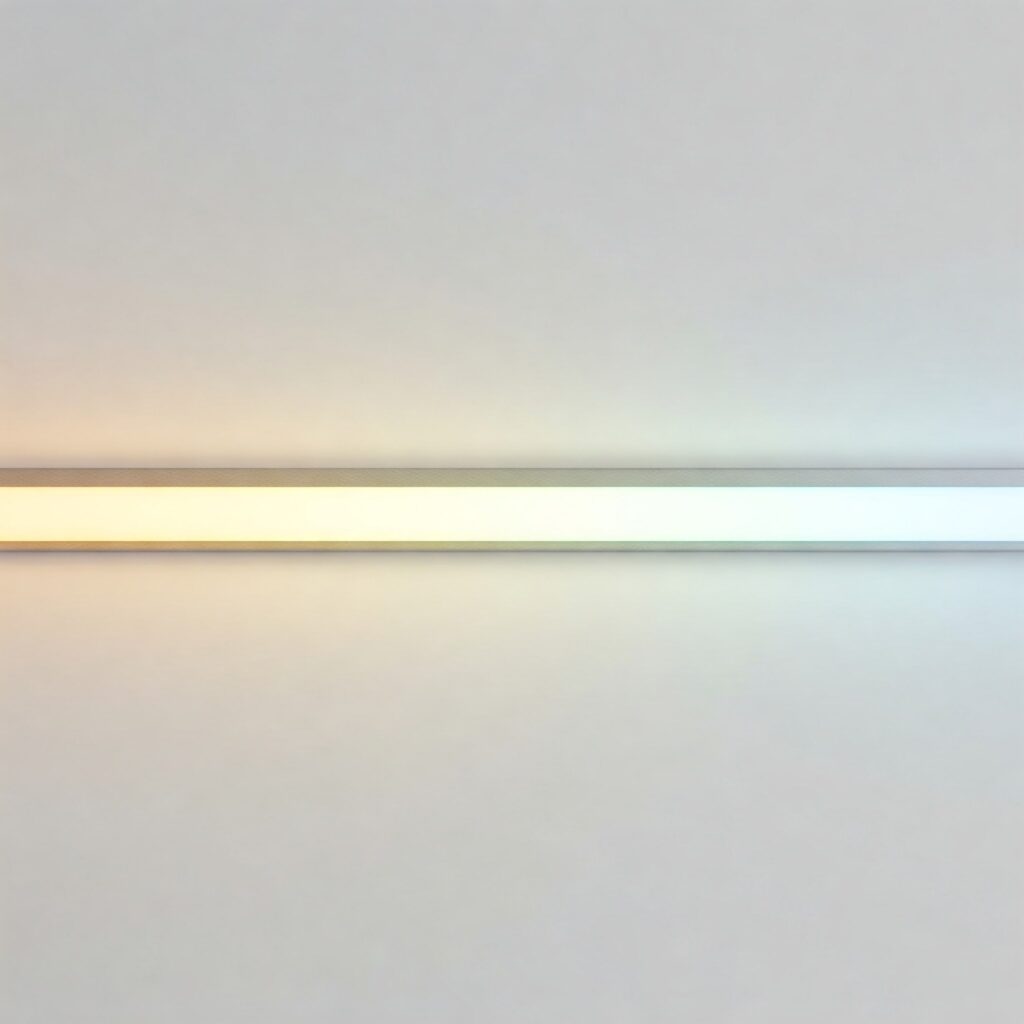
1. Understanding Color Temperature
Color temperature refers to the warmth or coolness of light emitted by a source, and it ranges from warm yellowish tones to cool bluish tones. The scale typically ranges from 1,000K to 10,000K:
- Warm Light (2,000K – 3,000K): Produces a soft, yellowish hue similar to candlelight or early sunrise. This light is cozy, relaxing, and often used to create a welcoming atmosphere.
- Neutral Light (3,500K – 4,500K): Closest to natural daylight, offering a balanced white light that’s bright without being too harsh. It is often used in spaces where clarity and visibility are important.
- Cool Light (5,000K – 6,500K): Offers a crisp, bluish tone similar to midday sunlight. Cool light is known to enhance focus, making environments feel more energetic and clinical.
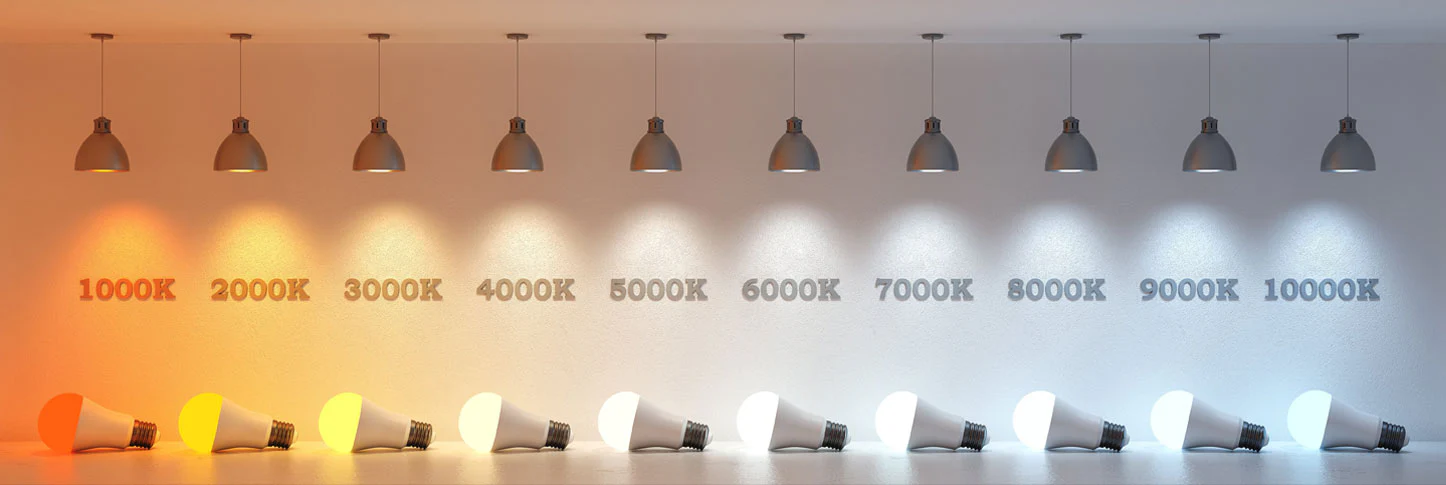
2. How Color Temperature Affects Customer Emotions and Behavior
Lighting isn’t just about visibility—it can greatly influence the way customers feel and behave in a store. The right color temperature can set the tone of the shopping experience, subtly impacting mood and decision-making.
- Warm Light: Often associated with comfort and relaxation, warm light creates an inviting and intimate atmosphere. It is ideal for stores where a relaxed shopping experience is desired, such as clothing boutiques or high-end retail stores. The softer glow helps customers feel at ease and can extend their time in the store.
- Cool Light: Cooler color temperatures, on the other hand, promote focus and energy. This lighting is often used in stores where product details need to stand out clearly, such as electronics or hardware shops. Cool lighting can help customers make more objective decisions and keep them engaged in fast-paced environments.
- Neutral Light: A balance between warm and cool, neutral lighting works well in general retail spaces such as supermarkets or department stores. It doesn’t sway customer emotions too much in one direction but creates a balanced atmosphere where both product visibility and comfort are prioritized.

3. Color Temperature and Product Presentation
Color temperature not only affects customer mood but also how products are perceived. Different lighting can change the way colors and textures appear, influencing customer perceptions of quality and appeal.
- Fashion Retail: In clothing stores, warm lighting is often preferred to flatter skin tones and create a soft, elegant atmosphere. For high-end stores, warmer light emphasizes luxury and comfort, enhancing the appeal of expensive fabrics and materials.
- Jewelry and Cosmetics: For jewelry and beauty retailers, cool lighting is often used because it highlights the clarity and brilliance of diamonds, metals, and cosmetics. The crisp, clean light enhances the sparkle and sheen of jewelry pieces, while also helping customers clearly see details in makeup or skincare products.
- Grocery and Food Stores: Neutral to cool lighting is ideal for supermarkets and grocery stores. Fresh produce, meats, and packaged goods are best highlighted under neutral light, which helps maintain the natural appearance of food items, making them look fresher and more appealing to customers.
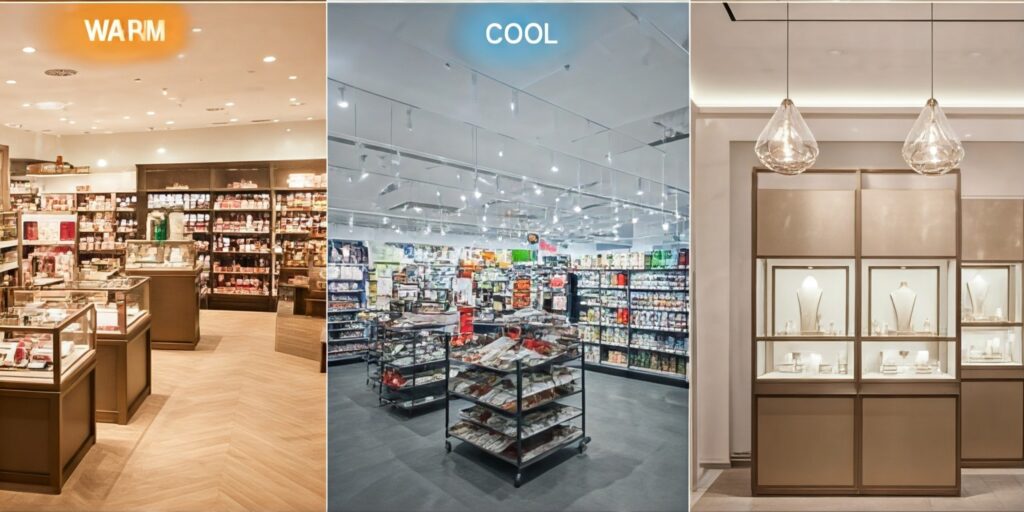
4. Selecting the Right Color Temperature for Different Retail Environments
When it comes to retail lighting, there is no one-size-fits-all approach. The type of store, the products being sold, and the desired shopping experience all play a role in choosing the right color temperature.
- Clothing Stores: For boutiques and fashion retailers, warmer tones (2,700K – 3,000K) help create a comfortable and inviting shopping environment. These temperatures enhance fabric textures and colors, providing customers with a relaxing atmosphere that encourages them to browse longer.
- Electronics Stores: Cooler lighting (5,000K – 6,000K) is generally more effective in electronics stores. This type of lighting enhances the sharpness and clarity of tech products like smartphones, computers, and TVs, giving them a sleek, high-tech appearance.
- Supermarkets: For grocery stores, neutral lighting (4,000K – 4,500K) is optimal. This color temperature provides a bright and clean atmosphere without being too harsh. It allows for accurate color representation of fresh produce and packaged goods, making food look more appealing and trustworthy.
- Luxury Retailers: For high-end retailers, a combination of warm and neutral lighting can be used to evoke a sense of elegance and exclusivity. Warmer tones in fitting rooms and lounges help relax customers, while slightly cooler tones can highlight merchandise on display.
- Pop-Up Shops and Temporary Retail Spaces: Pop-up shops benefit from flexible lighting that can be adjusted to suit different products or experiences. Cool lighting can create a sense of urgency, while warmer lighting helps cultivate a more relaxed shopping experience depending on the brand’s goals.

5. Considerations When Installing Retail Lighting
When implementing lighting in a retail environment, it’s important to consider more than just color temperature. Factors such as brightness (measured in lumens), energy efficiency, and placement all contribute to the overall effect of lighting on the shopping experience.
- Balance of Light: Overly bright or dim lighting can make the shopping experience unpleasant. Balancing the intensity of light with the correct color temperature helps create a comfortable environment where customers can shop without strain.
- Energy Efficiency: LED lighting is often recommended for retail spaces because of its energy efficiency and versatility in offering various color temperatures. LEDs can reduce energy costs while providing consistent and controllable lighting.
- Layering Light: A mix of ambient, task, and accent lighting can help create depth and visual interest in the store. Accent lighting can be used to draw attention to specific products, while task lighting helps in areas where detailed work, like fitting rooms or checkout counters, is needed.

Conclusion
The impact of color temperature on retail lighting goes beyond simple illumination; it shapes the atmosphere, influences customer behavior, and enhances product presentation. Whether it’s warm lighting creating a cozy ambiance in a boutique or cool lighting sharpening the details in an electronics store, selecting the right color temperature is key to crafting an effective shopping experience. Retailers should carefully consider the type of store, the nature of their products, and the emotional response they want to evoke when deciding on the appropriate lighting solution.


